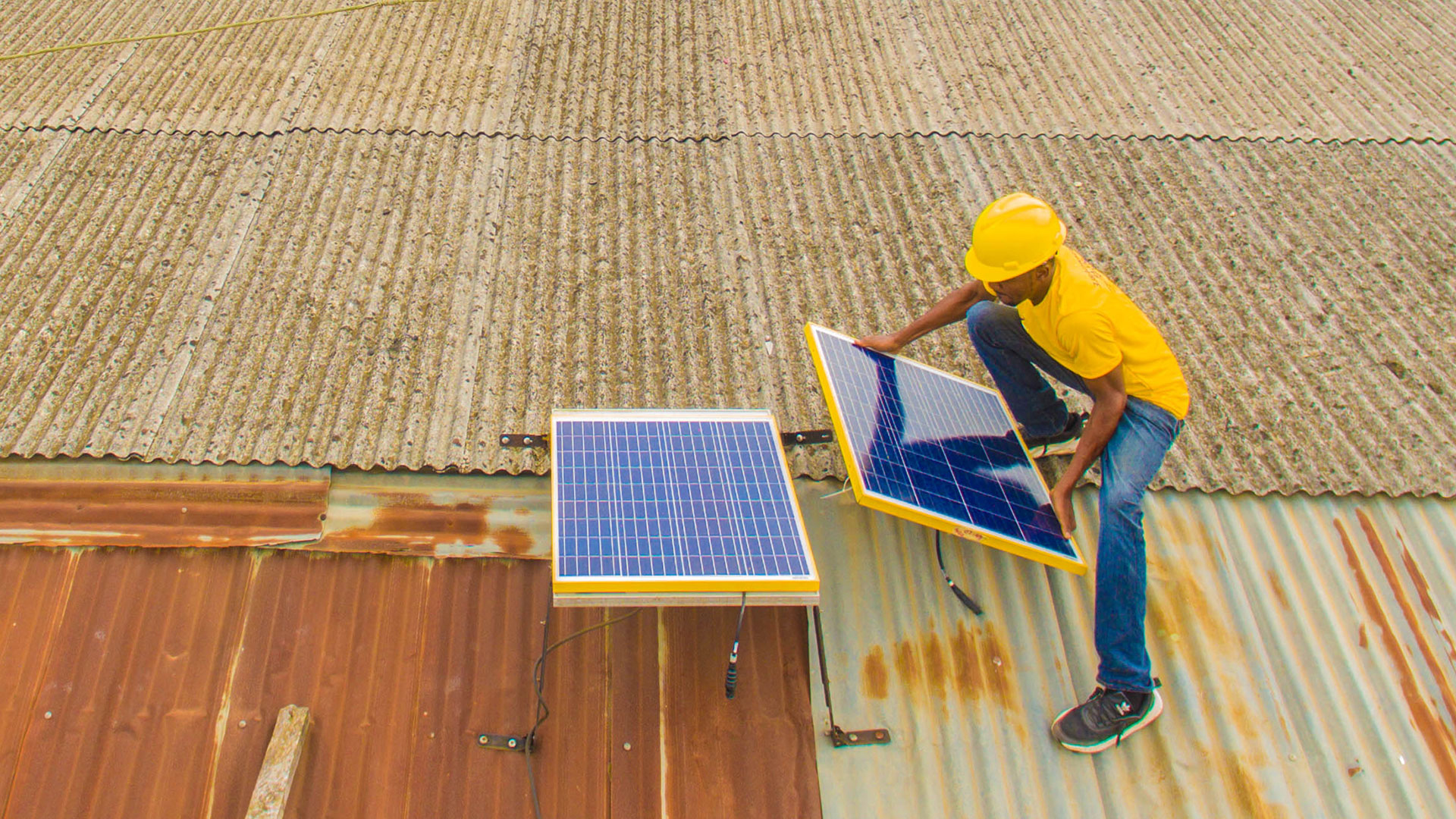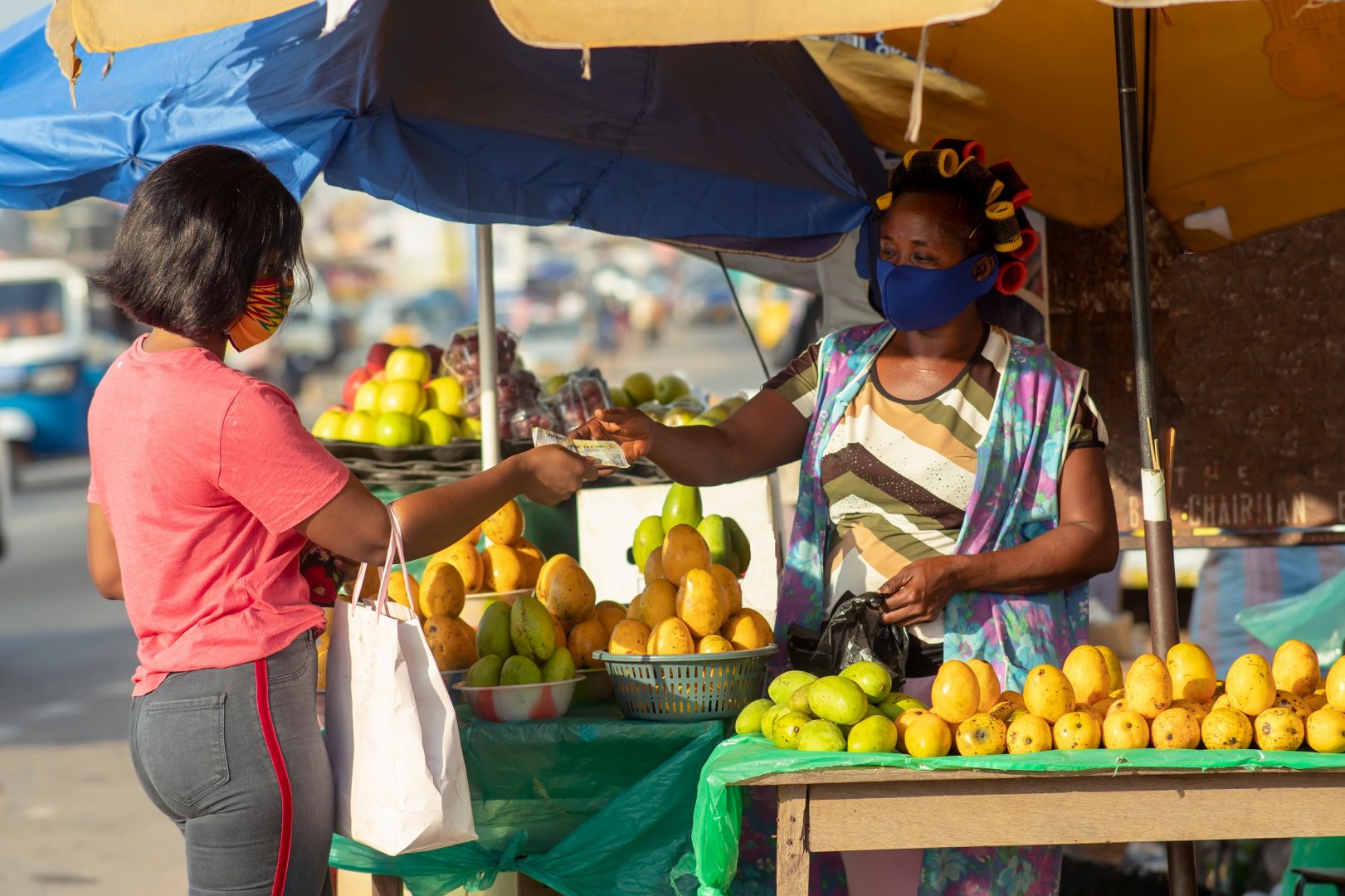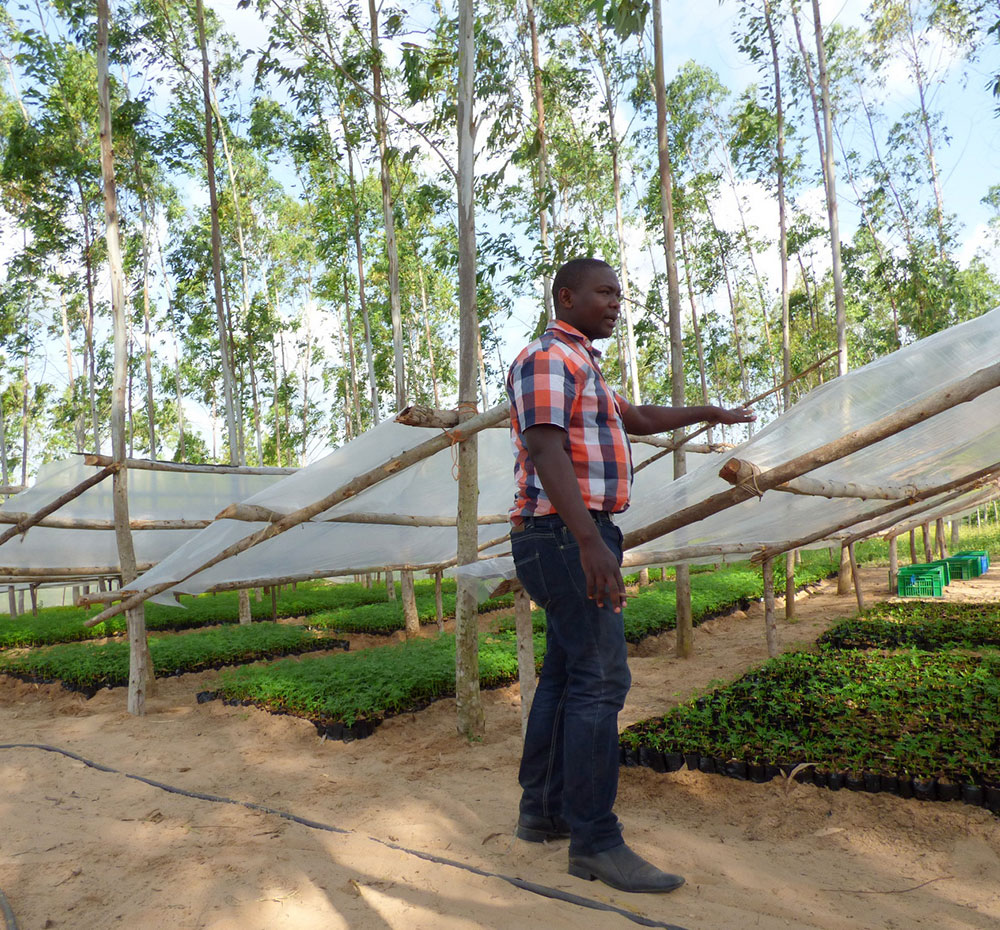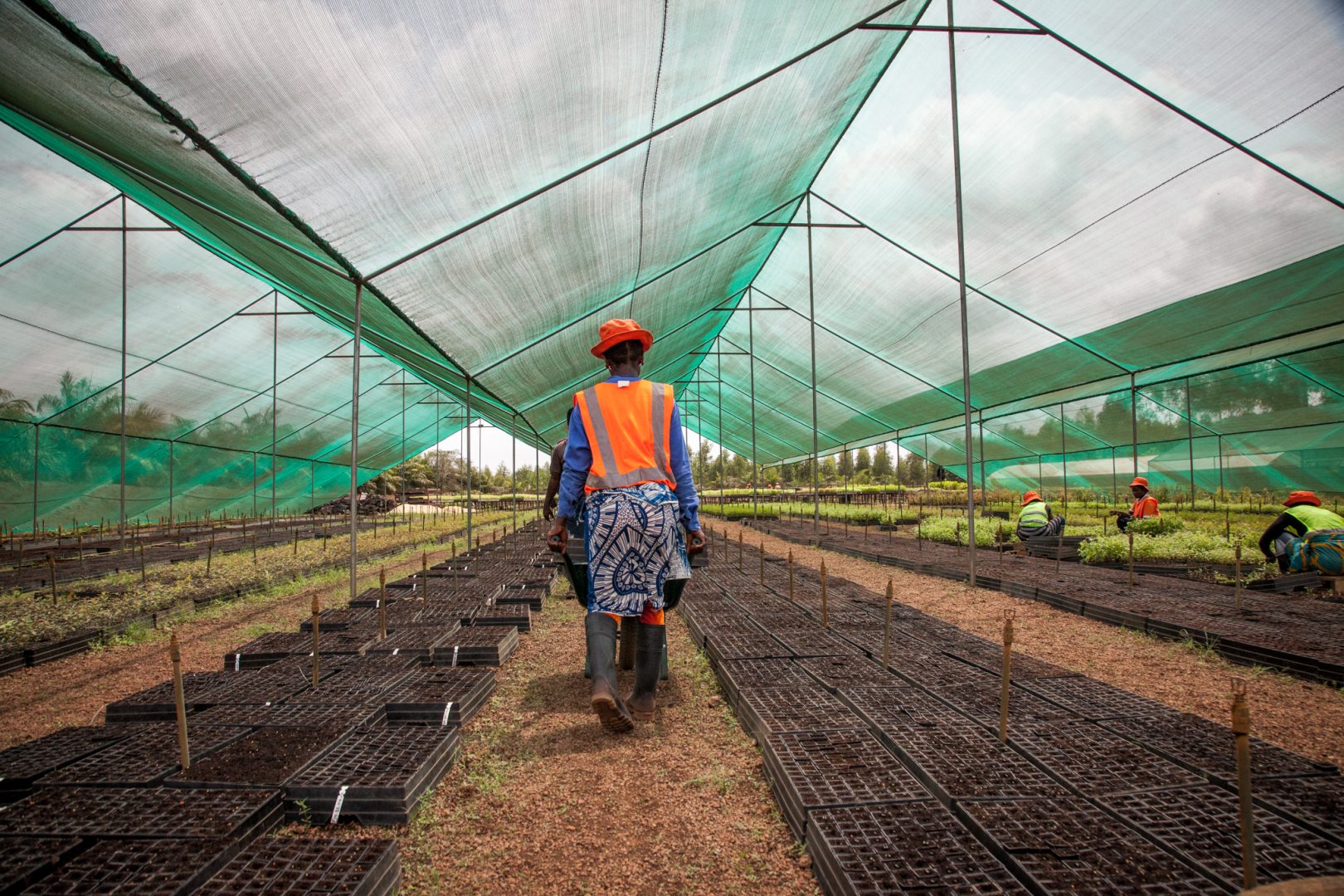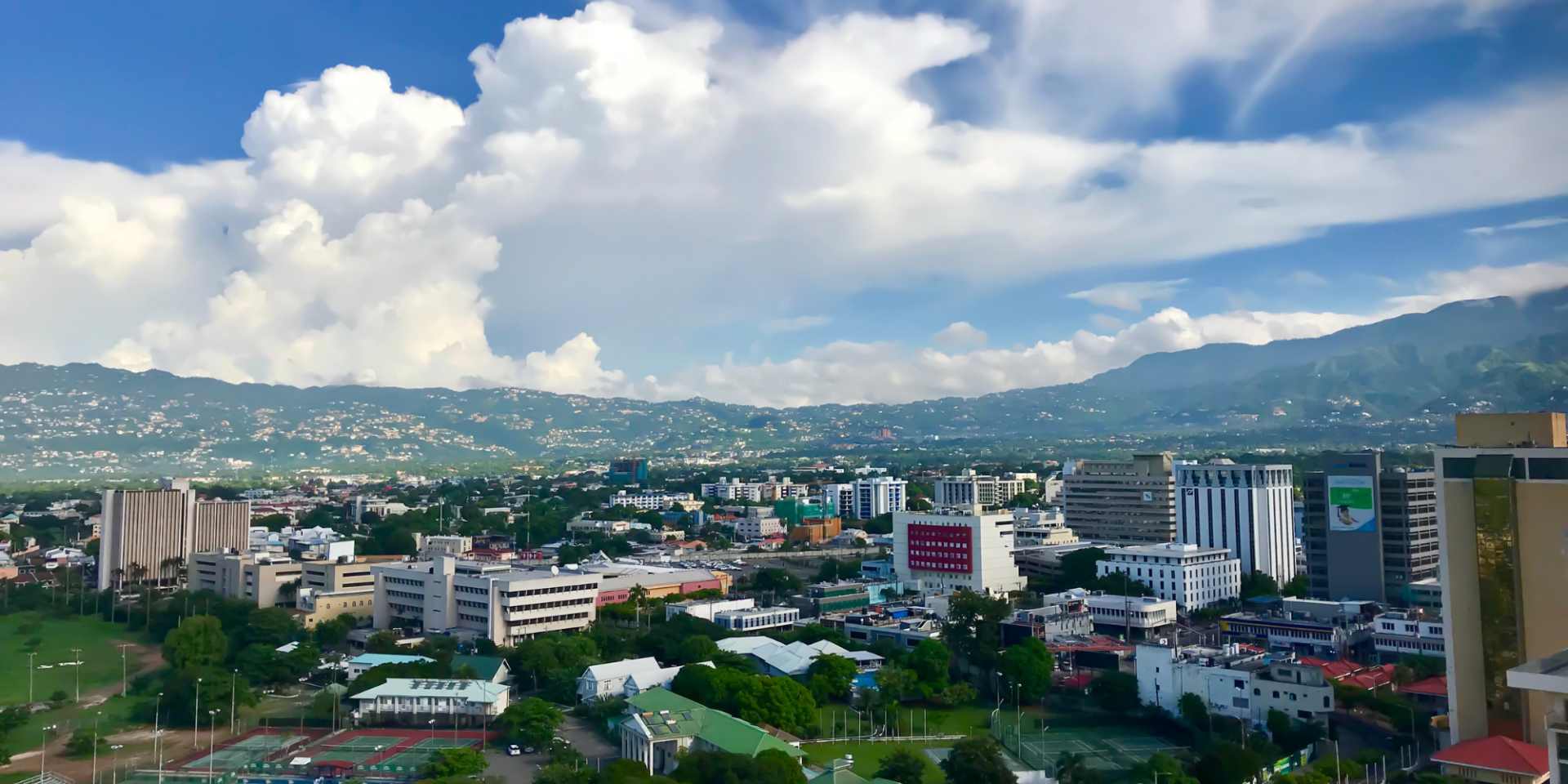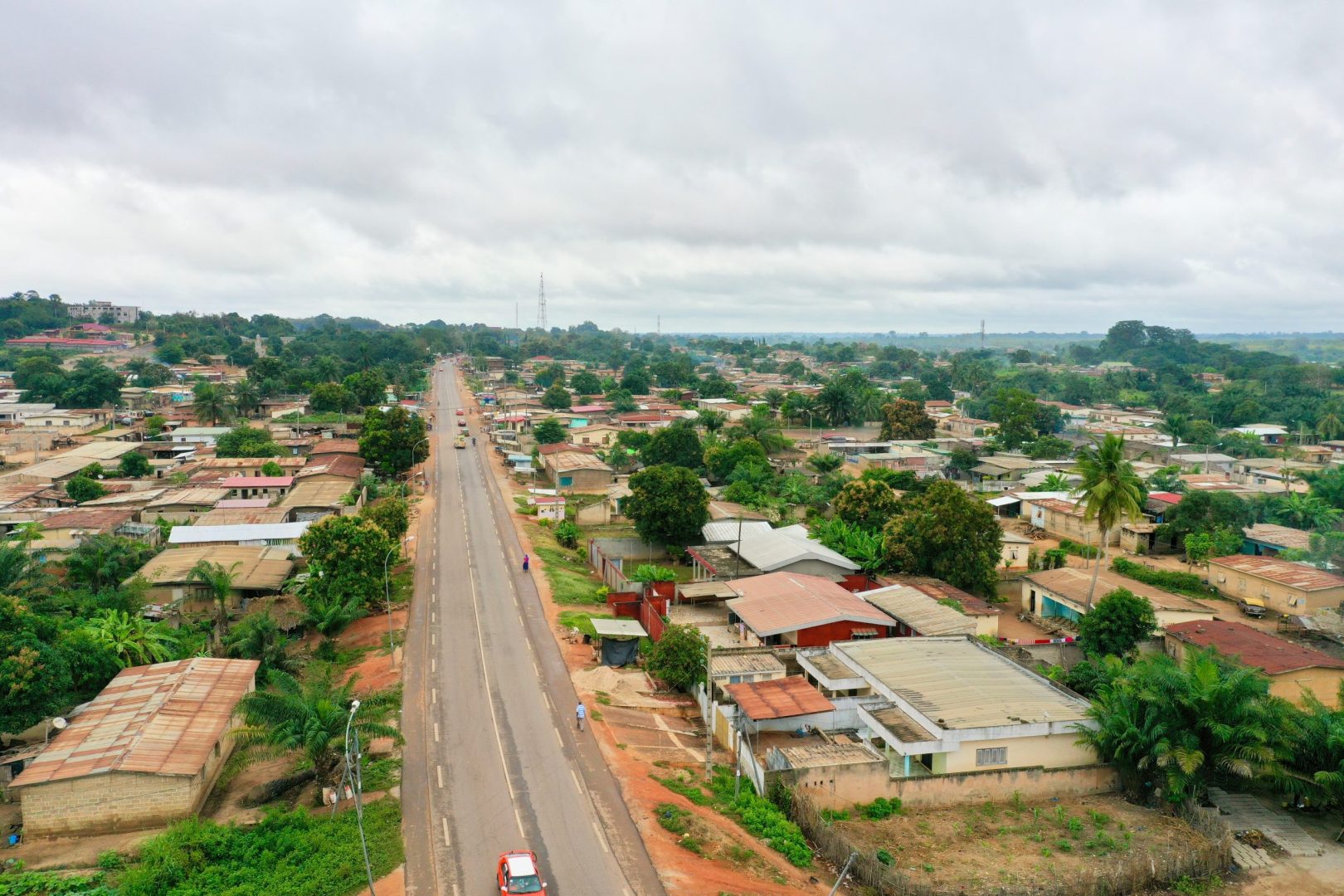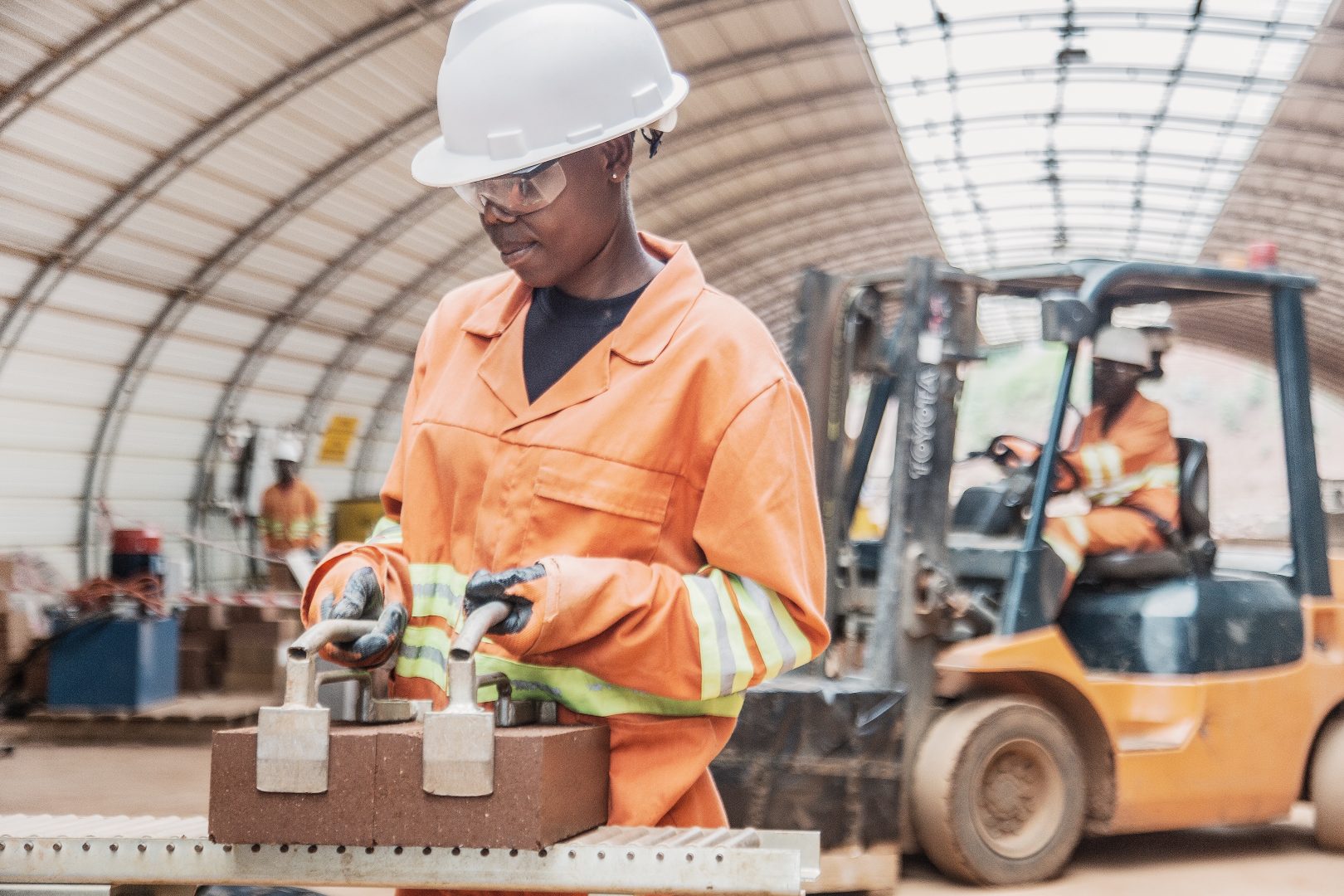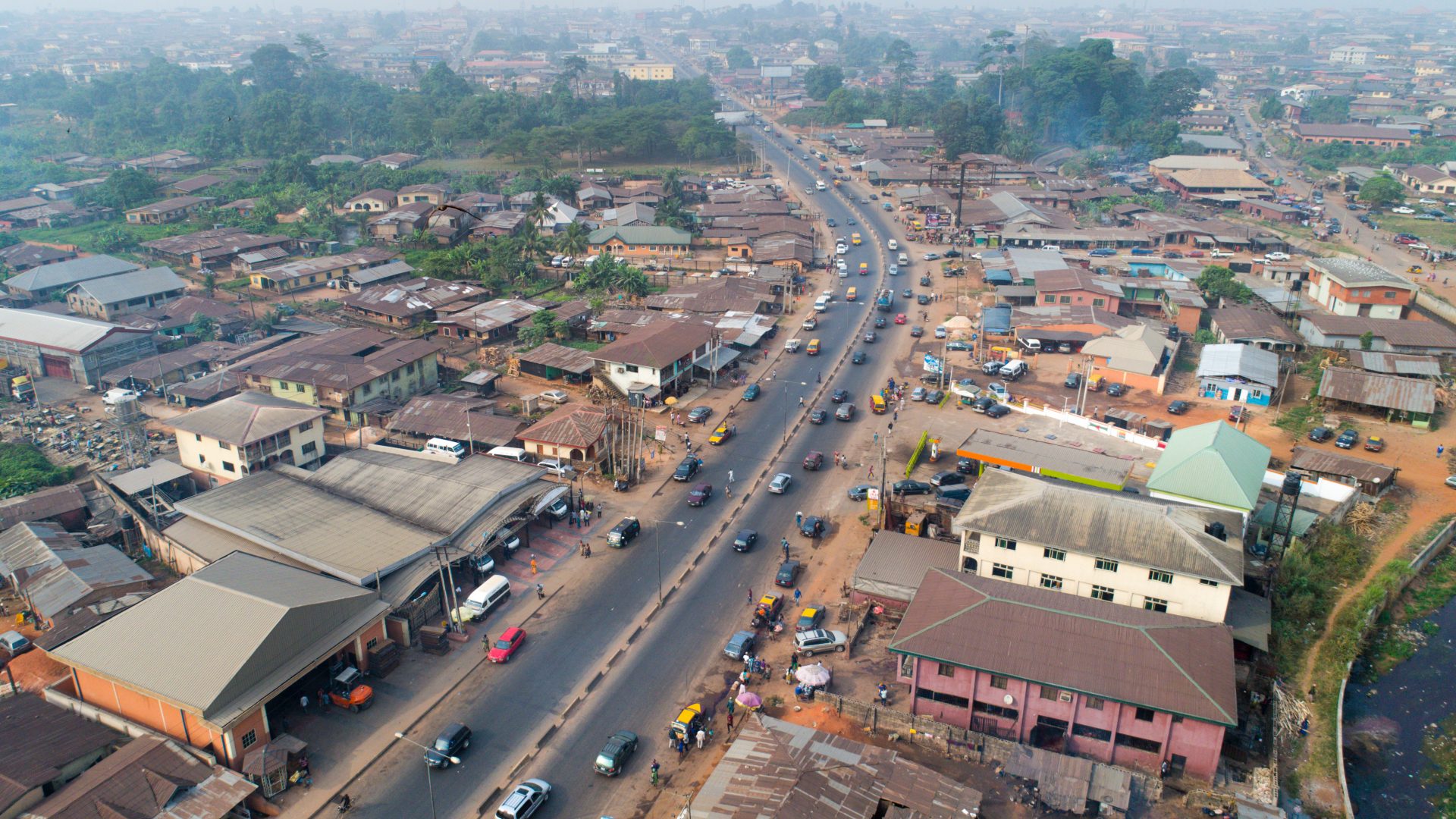Any investor, when they invest in a company, accepts the risk that it may become unprofitable for a period, or in the most extreme cases become financially unsustainable and collapse altogether.
As a development finance institution (DFI), we are willing to take greater commercial risk on our investments than private sector investors, to support businesses or sectors that can have a positive development impact. This means DFIs can make investments in companies and in countries that are often deemed too risky for private investors.
Since 2012, at BII, we have narrowed our geographical focus and made significant efforts to focus capital on some of the least developed countries in the world. Our efforts to shift our focus to the hardest countries and sectors has delivered significant impact. At the same time, it’s meant a lower overall rate of financial return at a portfolio level than we have achieved historically.
And in some instances, investing capital in harder and often fragile markets has on occasions meant failed individual investments. It is never something we want to happen, and we never invest with the expectation or desire to lose money. After all our work is to promote sustainable, self-reliant businesses, which must be profitable to be sustainable, no matter how challenging the market.
However, while unwelcome, it is still ok, as long as we continue to make a positive difference to people’s lives through our investments while producing the required returns at a portfolio level.
What type of risks do you encounter?
As a development finance institution, investing in the more challenging countries is at the heart of our mandate. That means there are a number of risks we face – both at an overall portfolio and individual investment level – which can in turn affect our profitability and financial success. These are all risks that we consider before we make an investment; we put in place processes, systems and controls to identify and manage, and our teams are experienced at evaluating the financial sustainability and development impact of potential investments. However, these risks are a reality of investing in the businesses, sectors and countries where we operate and so can never be entirely eliminated.
First, understanding and managing country risk plays a large part in our decision making. That’s the case for all international investors, but is particularly the case for BII, because of the nature of the regions where we invest. Country risk is a catch-all phrase for conditions within a jurisdiction which threaten the success of a potential investment. These can be as widespread as political risk, the uncertainty around a country’s political stability. Or country risk can be as specific as the regulatory environment within which the company being invested in must operate. These may impact where and how the company operates, which in turn affect its financial performance and development impact.
Then there are broader markets risks which affect our portfolio as a whole. For example, as an international investor, we are also affected by currency risk; the event of one currency price rising or falling against another. In real terms, this means that the value of an investment return can fluctuate depending on the currency being used. We track financial returns in US dollars as most investments are denominated in this currency. So, if there are changes in the pound sterling to US dollar exchange rate, our pound sterling result suffers from currency translation losses.
While these are all factors external to an investment, we must also consider risks that can arise from the businesses themselves and can in certain circumstances result in a failed investment. For example, the risk that a business in which we have invested materially damages the environment, contributes to or is affected by climate change, or causes social harm. All our investees are required to comply with our Code of Responsible Investing, and we use a risk-based approach to focus our resources on investments where there is a higher potential of an environmental, social or governance (ESG) incident occurring. If an incident does occur, our ESG team will work with a portfolio company to correct the issue and put in place best practice to ensure it cannot happen again.
Finally, there are also force majeure events, such as a global pandemic, over which there is no control but ultimately threaten the financial success of our portfolio. While we are better equipped than most to assess and navigate challenges successfully, there will always be events beyond our control. In the case of the COVID-19 pandemic, our teams were quick to respond to limit the impact on our portfolio companies and offer any support they could, it has both negatively impacted our returns at a portfolio level and threatened the success of individual investees.
If it’s so commercially risky, why do you make the harder investments?
Investing in the more challenging countries and sectors goes to the heart of our mandate as a DFI. As we explained from the outset, our greater risk capacity means we can invest in businesses in countries and sectors which are considered too insecure for commercial investors.
But what’s more, it is right that DFIs invest in the hardest places. We know that no country in history has escaped poverty without a private investment and often is it the most challenging markets where our capital can have the greatest impact.
And as a patient investor, we also know that we can take a long-term approach to investing in these markets to stimulate sustainable economic growth.
Take Nepal, which sits 49th in the Fragile States Index. We joined a group of DFIs to provide financing to Upper Trishuli-1 Hydroelectric Project, the first of its kind, bringing hydroelectricity to millions of people across the country and creating over 20,000 jobs at the same time. Our team began working on the project in 2011 which only finalised in 2019. The ground-breaking work has paved the way for other investors to come into Nepal, but it could only have been done by DFIs.
We know that making a financial return in these markets is possible, but also that it takes a level of patience, expertise, and collaboration which most commercial investors cannot offer.

